Food waste is a prominent issue in the United Kingdom. Although the situation is slowly improving, the UK is still responsible for 9.52 million tonnes of food waste every year. This results in 25 million tonnes of CO2 emitted by the food that has been thrown away, or 5.5% of the UK’s entire greenhouse gases emissions.
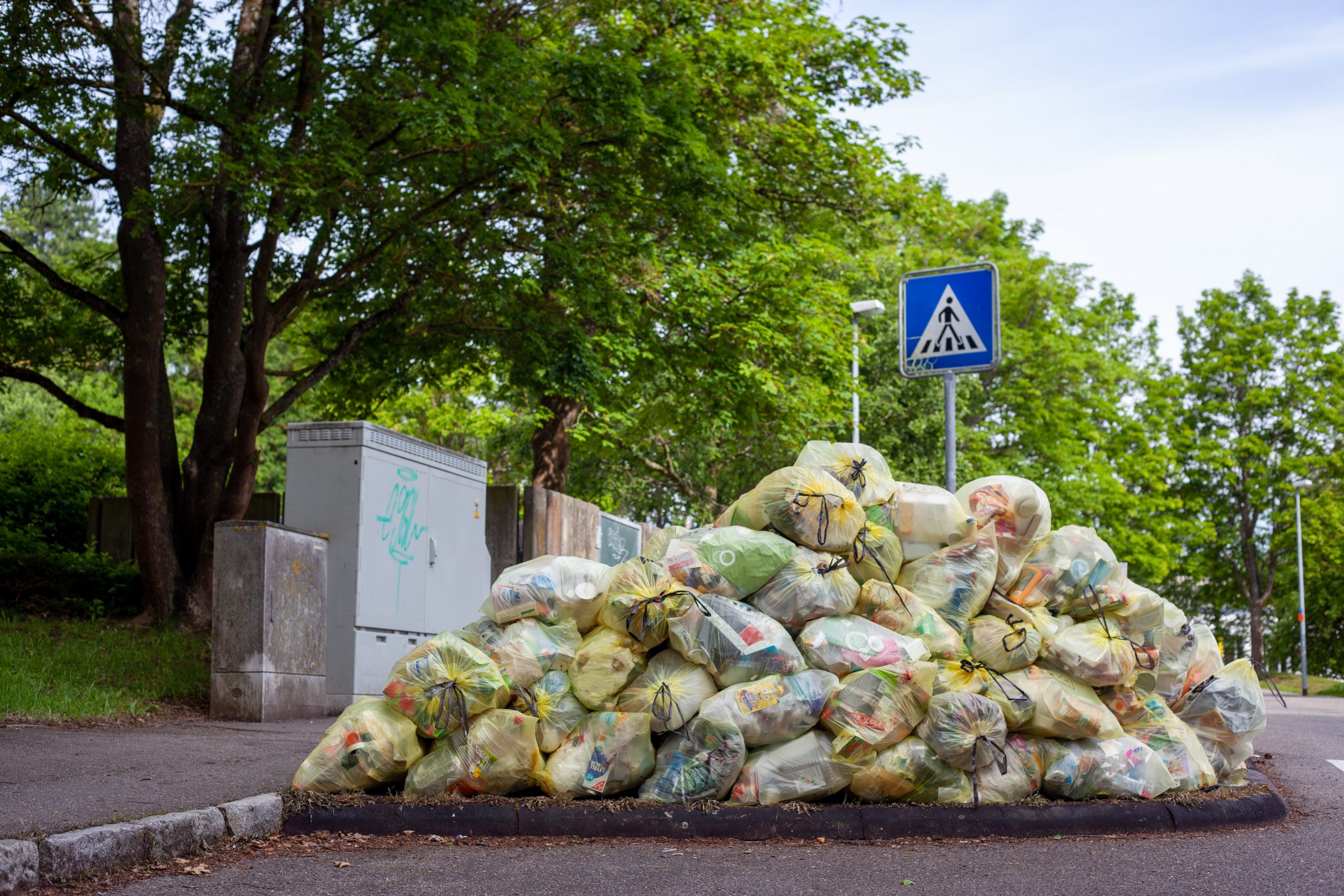
A lot of the food waste is generated by vendors (supermarkets, restaurants, wholesale retailers) but household waste still adds up to over 14 million tonnes of CO2.
- 41% of wasted food is thrown away because it expired before it could be used
- 28% is thrown away due to personal preferences
- 25% is thrown away due to an excessive amount that was cooked or otherwise prepared by people
Sadly, as well as wasting resources, this habit wastes money and makes the foods less accessible to people who need it most. Fortunately, we can work together towards reducing food waste. Read on to learn how you can do your bit.
Plan your meals ahead
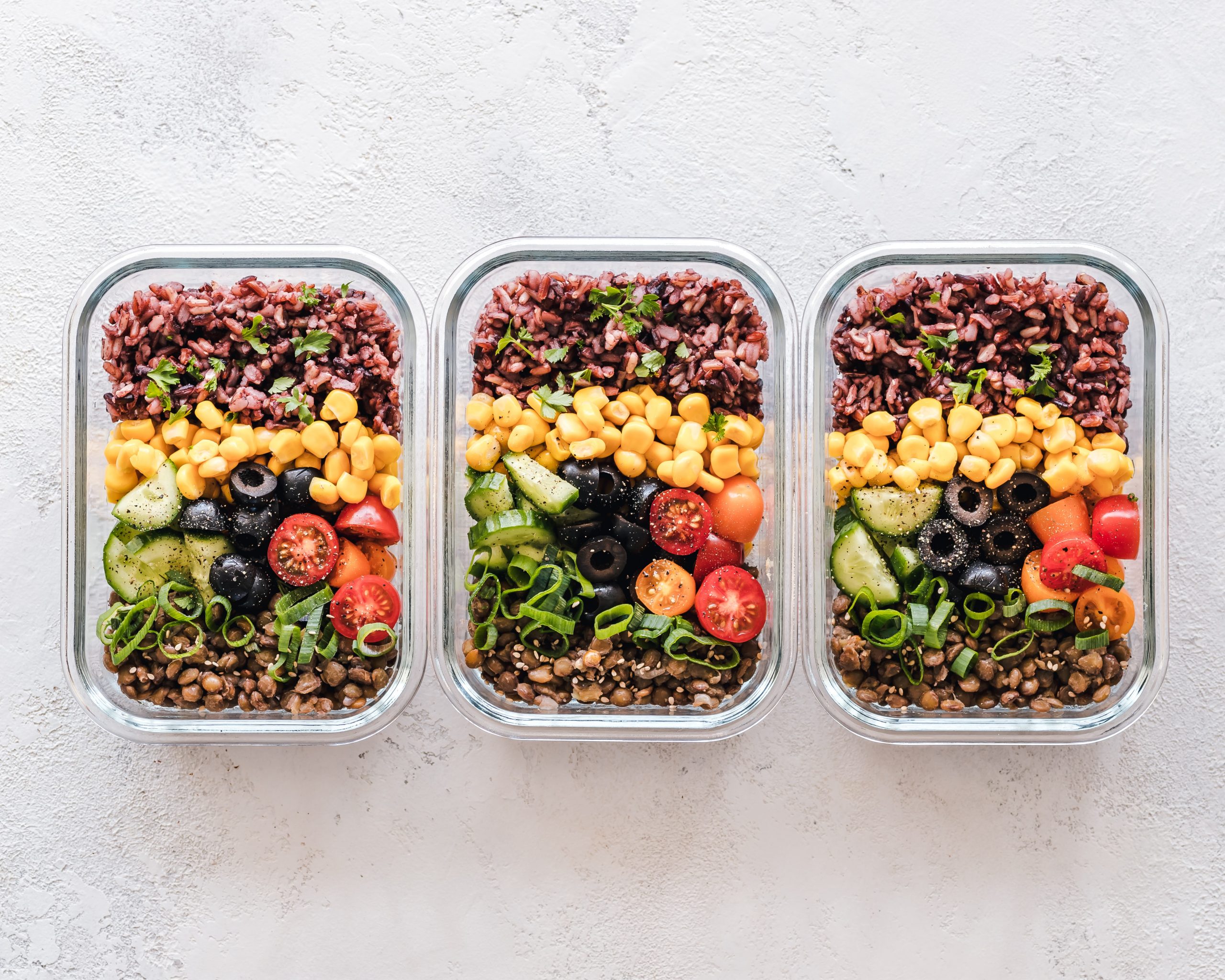
One of the main reasons we end up wasting food is because we buy too much in the first place. To avoid buying excessive amounts of perishable foods, try to plan your meals in advance. This will allow you to create a shopping list and stop you from overfilling your trolley.
Another great tactic is to never do your shopping while hungry, or else you’ll buy way more than what you need.
Learn about expiration dates
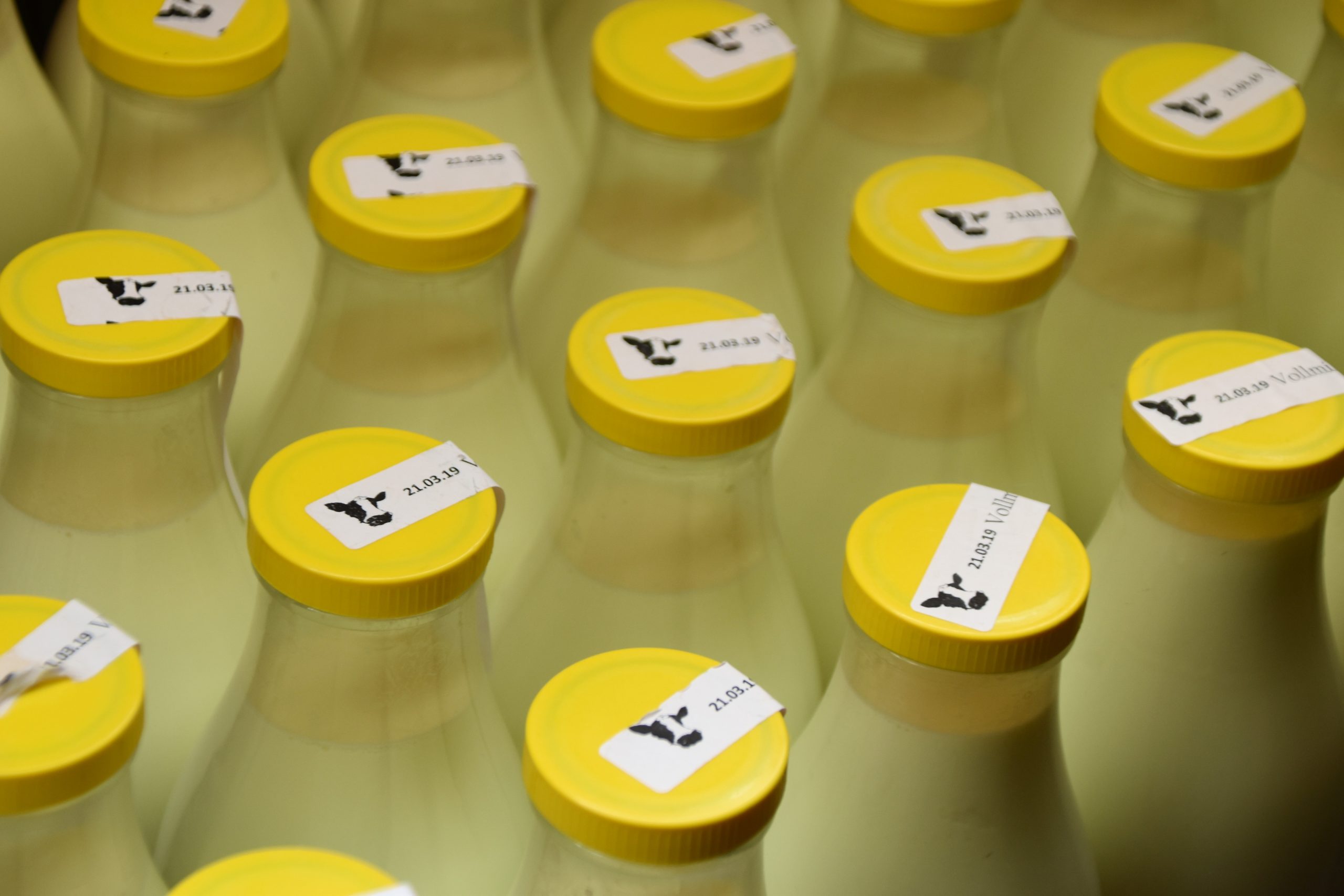
In the UK, labels on packaged food are required to display a ‘best before’ or a ‘use-by’ date. The former refers to the quality of food, whereas the use-by date indicates food safety. Best before dates (sometimes called BBE, or best before end) usually appear on dry foods (grain, seeds, nuts, herbs), canned foods or frozen foods.
Unfortunately, many people don’t know the difference, which results in throwing away items that are perfectly fine! There are even retailers like Approved Food, that specialise in selling items past their BBE, combating food waste and saving you money along the way!
Throw it in the compost
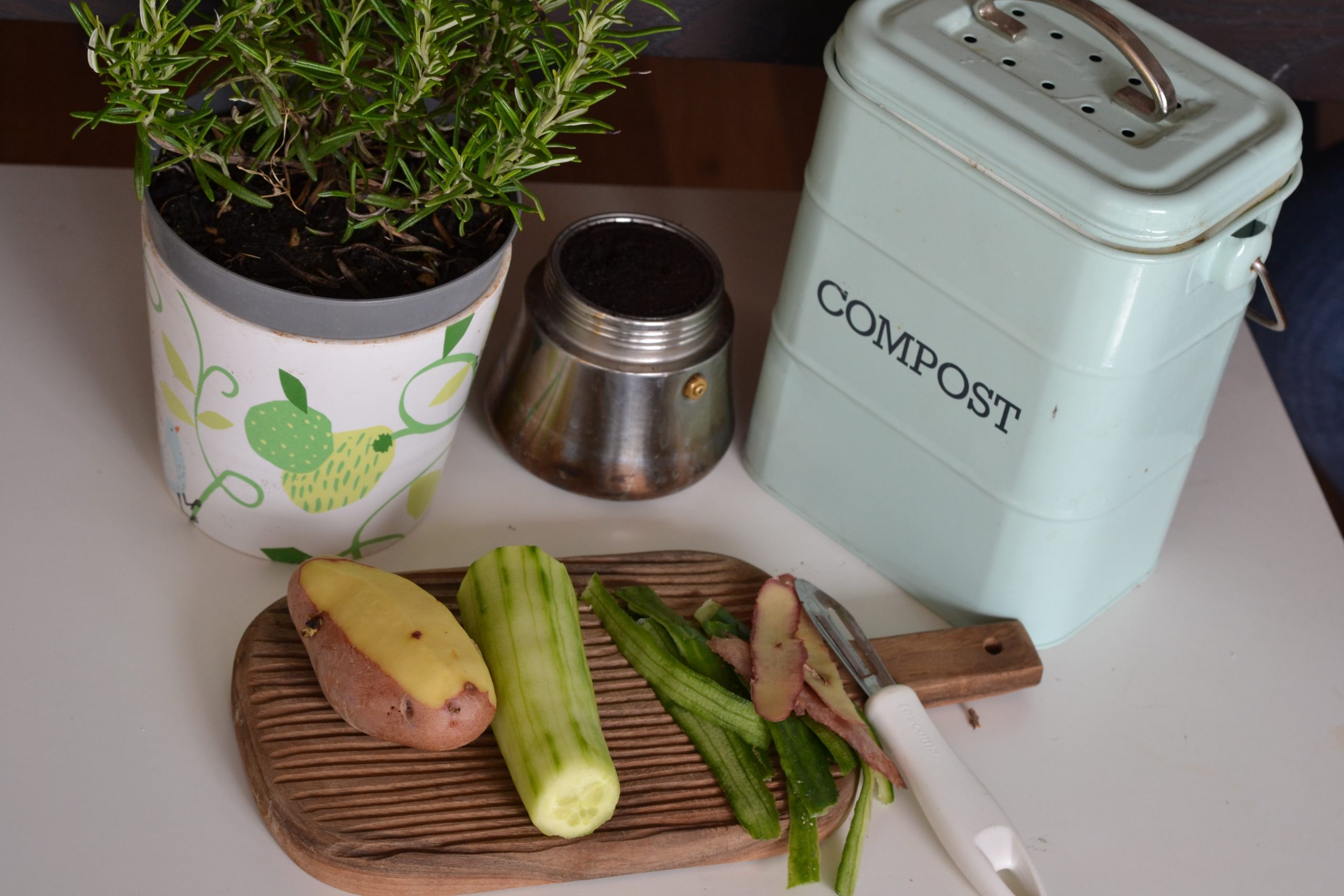
If you have an outdoor space, you could invest into a compost bin and let your food scraps turn into compost. Having a compost bin allows you to dispose of paper and cardboard. When making your own compost, it’s important to strike a balance of “green” components and “brown” components. The greens are materials rich in nitrogen, such as food scraps, mowed grass, coffee grounds, plant trimmings, egg shells or manure. The brown matter consists of biodegradable materials rich in carbon, such as paper, cardboard, straw, sawdust, wood chips or cotton. Resulting compost can be used for growing plants in your garden or providing nutrients to existing plants.
Feed it to your pet
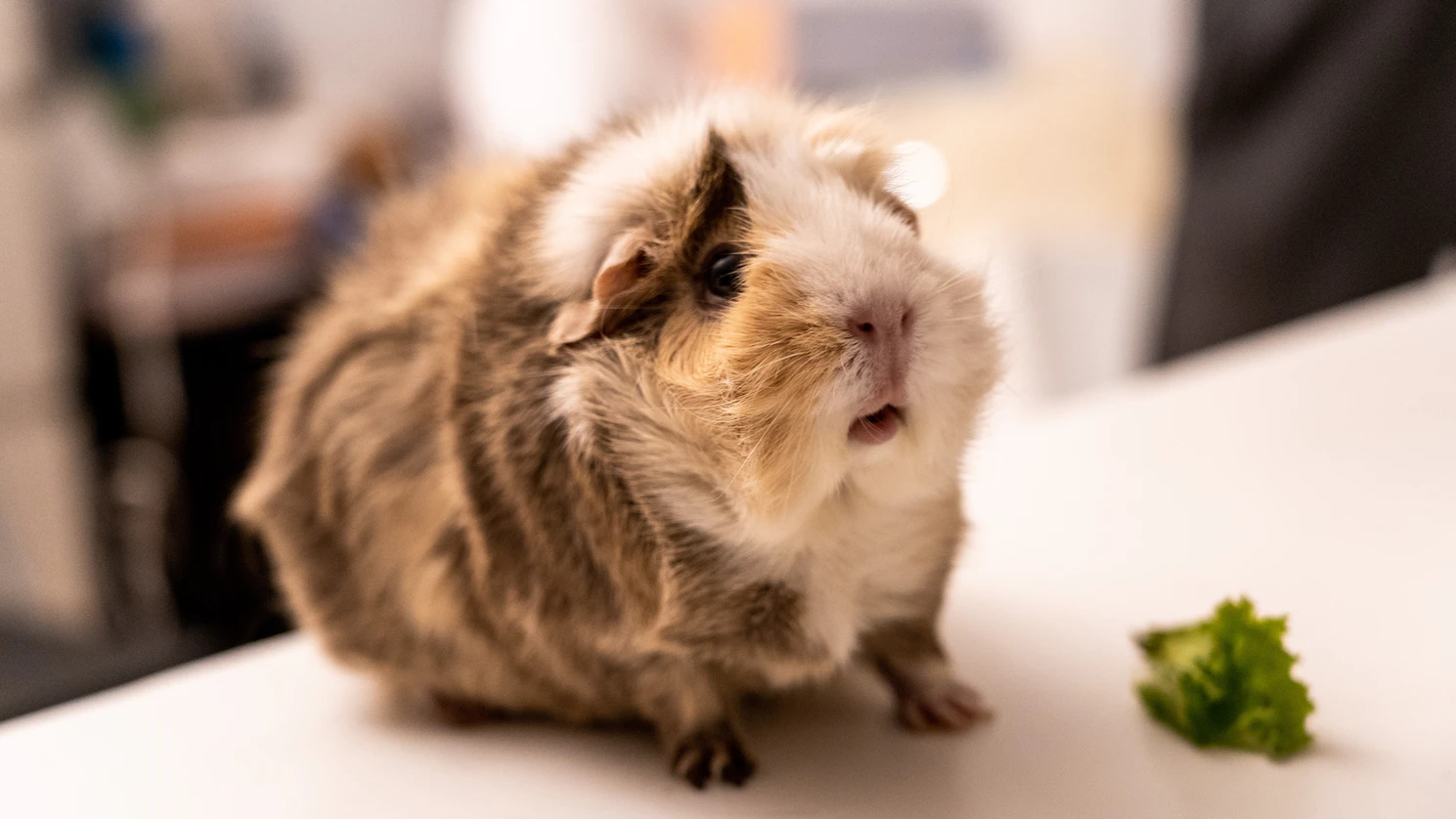
A lot of fresh produce is prone to going bad if not used in a timely manner. However, having a herbivore pet gives you an opportunity to get rid of the rapidly wilting salad leaves, bruised apples, or sad-looking carrots. As well as helping you dispose of excess food, your pet can munch on parts of fruit and veg you wouldn’t eat yourself, such as broccoli stems, cauliflower leaves, apple cores, carrot tops etc. You could get a rodent (rabbit, guinea pig, degu or hamster), a reptile (iguana or blue tongue skink, for example), a bird (such as parakeets, lovebirds, canaries or finches) or even something more exotic like a millipede.
Preserve it!
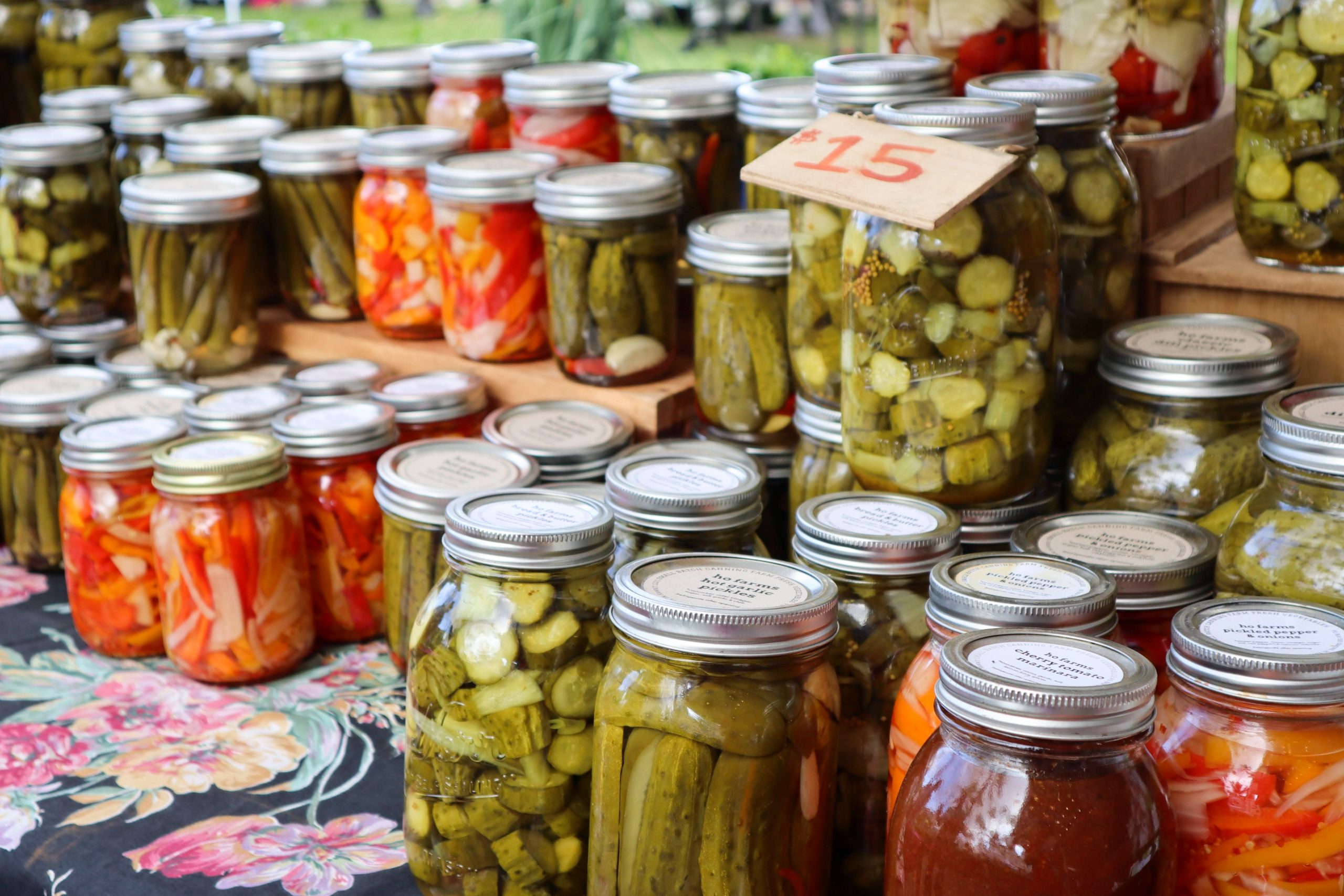
There is a common misconception that preserves are only worth making if you have an abundance of produce. However, you can just as easily make just one or two jars to help you use up the extra fruit and veg. From jams and chutneys to pickled and fermented veggies – preserving foods is easy and fun!
The most common methods for preserving food are:
Pickling – a process that involves submerging food in brine or vinegar. Fresh herbs, aromatic seeds, peppercorns and garlic are commonly included to enhance the flavour. You can pickle gherkins, cauliflower, tomatoes, peppers, eggs, onions, beetroot, and more. If you have a mixture of vegetables, you can make a pickled vegetable medley.
Lacto-fermentation – a process where lactic acid is produced by the food items themselves, which acts as a preservative. Common examples of fermented food include sauerkraut, kimchi, miso paste, tempeh, apple cider vinegar and wine. Most vegetables can be fermented with salt and water.
Sugar is another natural preservative. Make jams, marmalades or chutneys from your overabundant fruit. In addition to sugar, jams usually use some sort of acid (lemon juice or natural acid contained in more tart fruit) and chutneys are made with vinegar, which also helps to preserve the ingredients.
Make homemade vegetable broth
Sometimes food waste, isn’t just waste. Peelings, ends and other bits we may deem inedible can still be used. Vegetable broths are a prime example of this! However, chicken carcasses can also be used to make a delicious broth or stock to be used in another meal.
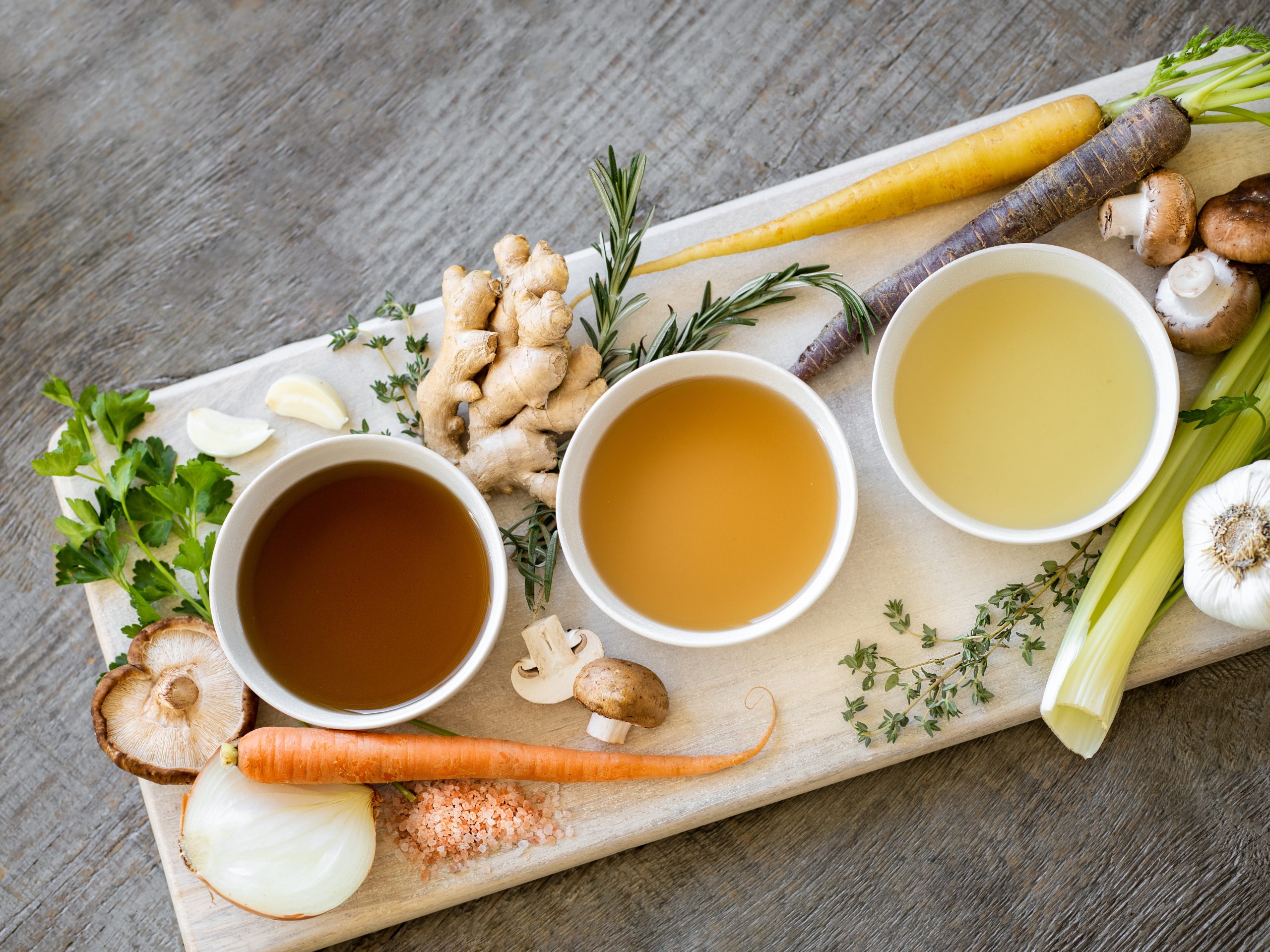
Here is a simple guide to making delicious homemade vegetable broth:
- 1 L frozen vegetable scraps
- 2½ L water
- 1 tsp salt
- 2-3 bay leaves (optional)
- 2-3 thyme sprigs (optional)
- A pinch of whole peppercorns
Combine the ingredients in a large pot. Cover the pot with a lid and bring the contents to boil. Next, turn down the heat and let the contents simmer with the lid slightly ajar for 1½ hours. Strain through a sieve and enjoy!
Useful resources:
We hope this article has given you some food for thought! But for further information take a look at these resources:
Food Waste Facts and Statistics by Josh Jackman
